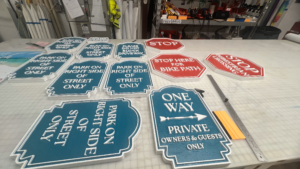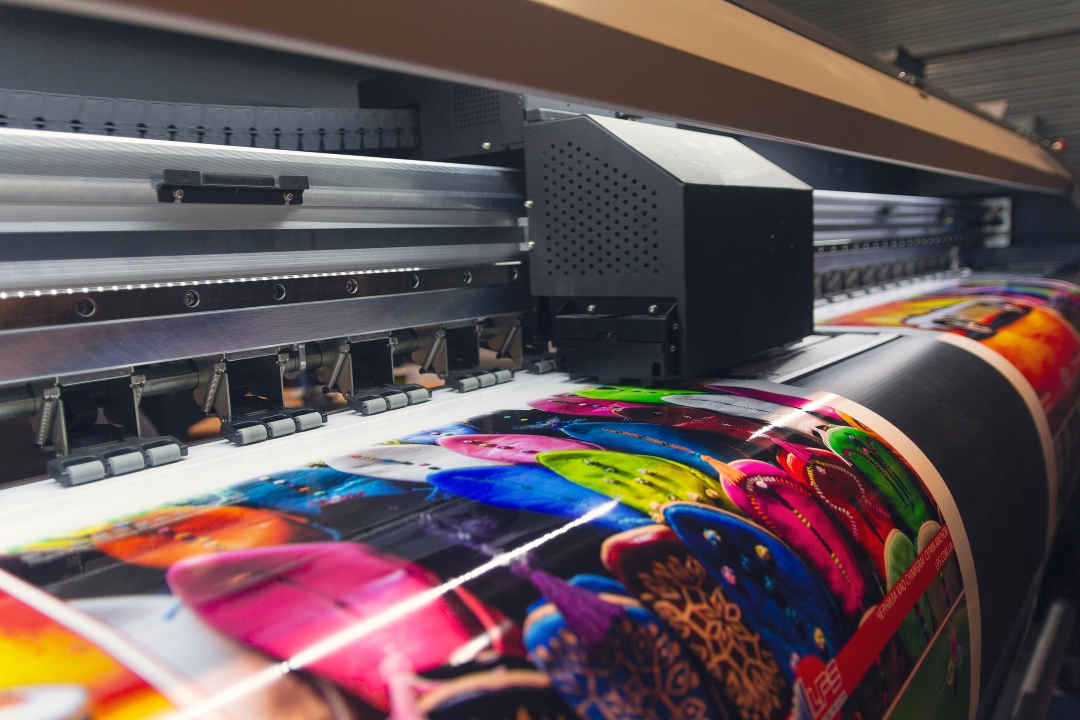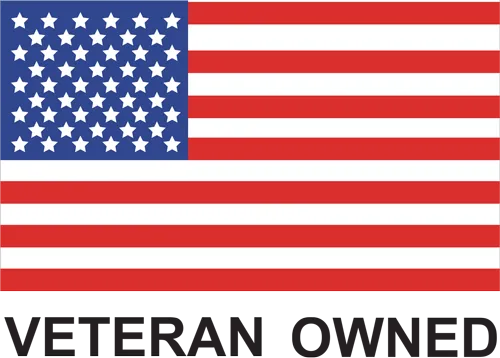In the colorful tapestry of American politics, presidential campaign signs stand out as vibrant threads, weaving together ideology, design, and cultural zeitgeist. These iconic symbols have not only represented political aspirations but have also become enduring elements of the nation’s visual culture. As we stand at the threshold of another presidential campaign cycle, let’s embark on a journey through the fascinating history of U.S. presidential campaign signs.
The Birth of Campaign Signs
The tradition of campaign signs dates back to the early days of American democracy. John Quincy Adams, son of the 2nd President John Adams, pioneered the use of yard signs in his successful 1824 presidential campaign against future President Andrew Jackson. This marked the beginning of a visual political strategy that would evolve into a crucial aspect of modern campaigns.
The Typography Revolution
As the nation progressed, campaign signs began to harness the power of typography. Fonts and colors were strategically chosen to convey messages of strength, trust, and hope. The bold red, white, and blue typography of John F. Kennedy’s 1960 campaign created a timeless visual impact that still influences political design today.
Iconic Symbolism
Some campaign signs transcended mere words, incorporating powerful symbols that left an indelible mark on the public consciousness:
1. “I Like Ike”: Dwight D. Eisenhower’s simple yet effective slogan became emblematic of 1950s political landscape.
2. Reagan’s Resurgence: Ronald Reagan’s “Morning in America” campaign, featuring a soaring eagle, symbolized renewal and optimism. His 1980 “Let’s Make America Great Again” slogan resonated with voters seeking economic revival.
3. Obama’s “Hope”: The 2008 campaign poster designed by Shepard Fairey became a cultural phenomenon, blending contemporary art with political messaging.
The Digital Age and Interactive Signs
As technology advanced, so did campaign signs. The advent of digital and interactive signs opened new avenues for engagement. Candidates began leveraging social media to extend the reach of their visual messaging, ushering in a new era of digital political communication.
The Enduring Impact of Campaign Signs
Presidential campaign signs are more than just promotional tools; they are powerful symbols that reflect the spirit of their times. They capture the essence of political movements, societal changes, and the evolving American dream.
Lessons for Modern Signage
The history of presidential campaign signs offers valuable insights for businesses and organizations looking to create impactful signage:
1. Simplicity is powerful: Clear, concise messages often have the most significant impact.
2. Visual consistency matters: Establish a strong visual identity and maintain it across all platforms.
3. Adapt to new technologies: Embrace digital solutions to reach wider audiences.
4. Tap into cultural moments: Create signs that resonate with current societal trends and values.
Gulf Glo Signs & Lighting: Where History Meets Innovation
At Gulf Glo Signs & Lighting, we draw inspiration from the rich history of American signage to create cutting-edge solutions for modern businesses. Whether you need:
– Large monument signs
– Pylon signs
– Billboards
– Attached building signs
– LED digital electronic message center (EMC) signs
We have the expertise to bring your vision to life.
Contact Gulf Glo Signs & Lighting today:
– Phone: 850-234-0952
– Email: signs@gulfglo.com
– Visit us: 8808 Front Beach Road, Panama City Beach, FL 32407
Let us help you create signs that make history for your business!

Important Update: Staying Ahead of The Storm
At Gulf Glo Signs & Lighting, we understand how critical it is for businesses in Panama City Beach and the surrounding areas to stay informed









